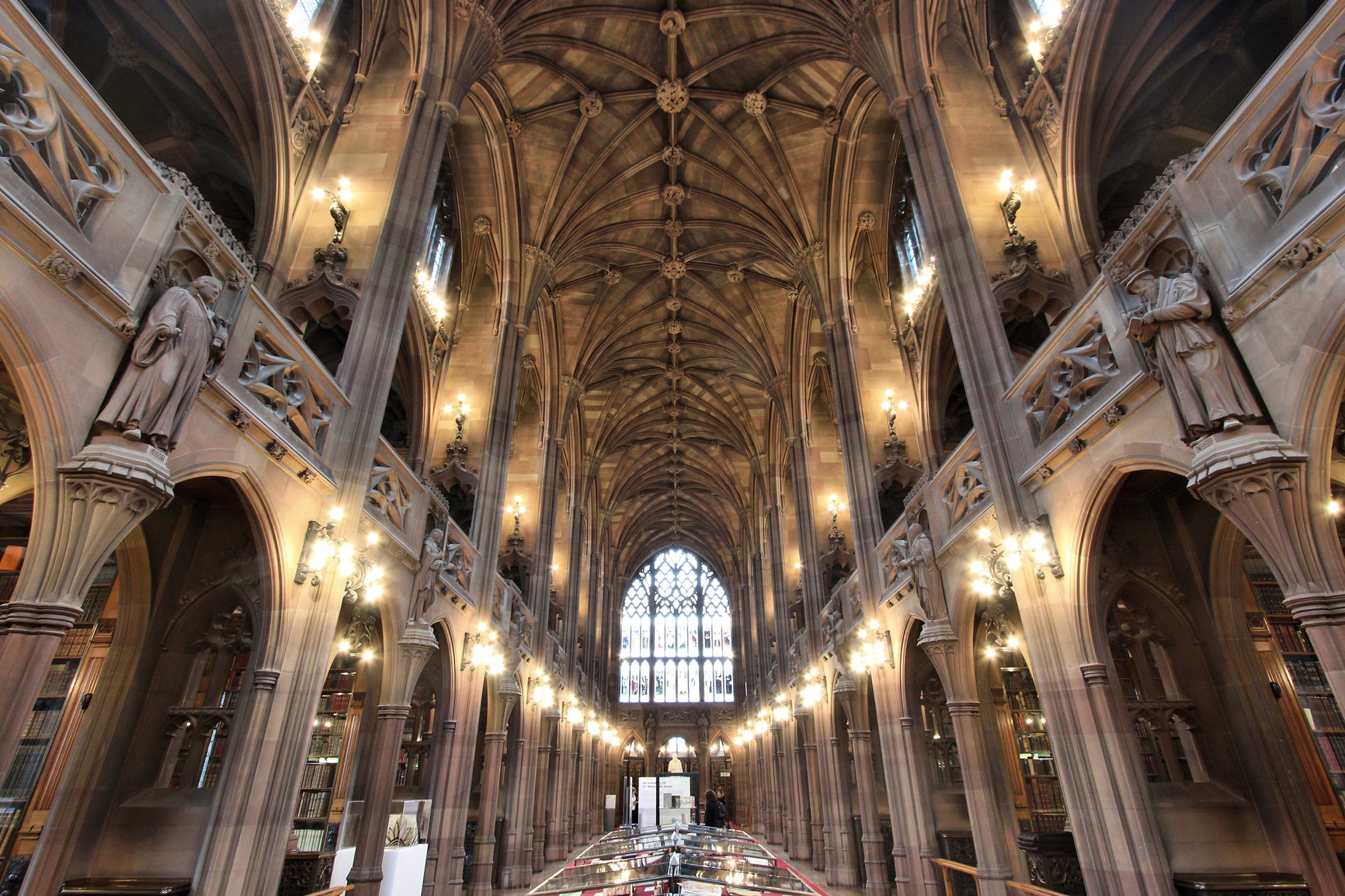The School of Arts, Languages and Cultures at the University of Manchester in England has invited researchers in Iranian studies to submit papers for a two-day conference on ‘Modern Iranian Art and Architecture in the Shadow of the Classical Persian Past.’
Sponsored by the British Institute of Persian Studies, the conference is slated for May 17-18 at the John Rylands Library in central Manchester, according to the website of the varsity Manchester.ac.uk.
The Department of Middle Eastern Studies has been in existence at the University of Manchester since the beginning of the last century, and Persian and other Iranian languages have long been taught there, alongside Arabic, Aramaic, Syriac and Turkish. The conference will bring together scholars who are working in Persian/Iranian art and architecture.
Deadline for submission of articles is February 28. Proposals are to be sent to Iranianartconference@gmail.com.
The articles are required to address an ongoing problem in academic work on the history of art and architecture in Iran.
The academic work is divided into two fields. One is the widely studied historical field with its focus on pre-modern, medieval and ancient Persian art and architecture; the other is the field of modern and contemporary Iranian art and architecture. The problem arises in the fact that there is often little communication or appreciation between these two fields.
Modern and contemporary artists and scholars reflect on classical art and architecture, but from the historical side there tends to be considerably less interest in the modern and contemporary field.
Methodological practices also differ between the two: contemporary art history uses 20th and 21st century theoretical perspectives, whereas in the historical field, more often than not, traditional methods are used.
The conference seeks to bring together scholars from both the historical and contemporary fields to discuss certain issues which run across their respective subjects.
The School of Arts, Languages and Cultures at the University of Manchester invites 250-word proposals for individual papers of 20 minutes on topics related to themes in the list below:
Traditional Discourse
One theme of the conference is to consider the so-called traditionalist discourse which occupied all academic study of art in Iran after the 1979 Islamic Revolution.
However, traditionalism is not a water-tight and clearly-defined concept and contains variations and different approaches.
Romanticism
Different intellectual tendencies, such as, among other things, nationalism, nostalgia, golden age constructions of the history of art and the necessity to come to terms with the perceived decadence of the past, have resulted in the construction of a classical Persian art and a modern Iranian art.
Romanticization of the people, history and the land of Iran was a common trend in art historical writing by western scholars and then by Iranian writers and artists themselves.
How do romanticist trends contribute to historical and modern/ contemporary Persian and Iranian self-perception through art?
Contradictory Historiographies
The conference seeks to map the diverse historiographies of Iranian art inside Iran and abroad with regard to their socio-political context: it is hoped that papers that take up this theme will discuss innovative ways which highlight the role of art historical narratives in different educational, social and psychological levels in modern Iran.
The School of Arts, Languages and Cultures invites proposals on any topic related to art historiography in Iran, regardless of its exact fit with the theme. The aim is to encourage dialogue between scholars working on the art history of Iran from all disciplines.
During the two days of the event, there will be an opportunity to view some examples of the collection of a thousand Persian manuscripts at the John Rylands Library.


